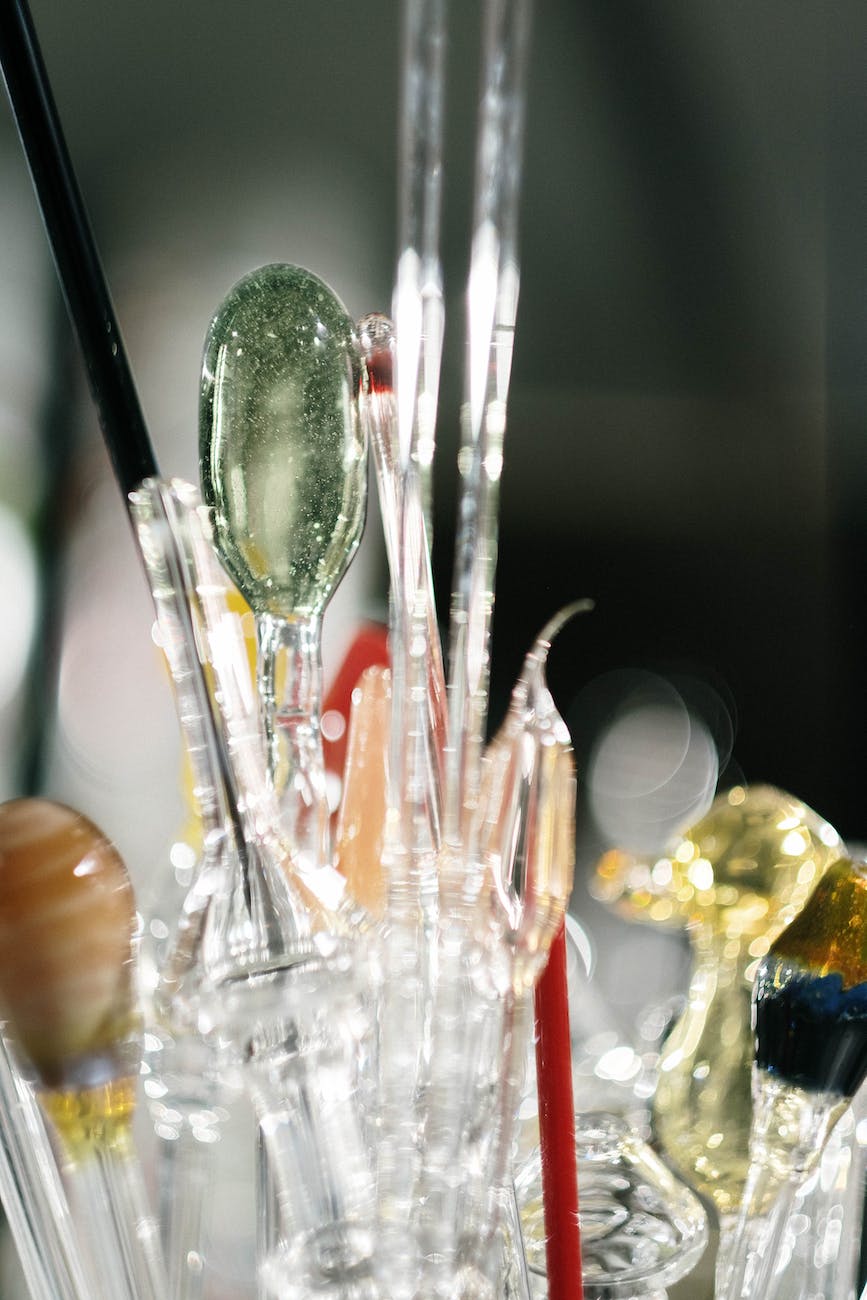The Enduring Legacy of Glassblowing: From Ancient Roots to Contemporary Mastery
For over 3,000 years, elemental fire and sand have been masterfully transformed into dazzling glass artworks through the intricate craft of glassblowing. Tracing this ancient yet constantly innovating practice across cultures and eras reveals an inspiring creative heritage still influencing glass artists today.
Ingenuity in the Ancient World
The earliest glass objects date back to 3500 BCE Mesopotamia and Egypt where artisans shaped molten glass into jewelry, beads, and decorations. Around 100 BCE, Syrian craftsmen developed the first hollow blown glass using blowpipes, a revolutionary advancement enabling glass vessels and container production throughout the Roman Empire.
Through trade and cultural interchange, glassblowing techniques spread across the Mediterranean over following centuries. Italian and French glassmakers became renowned for their skill during the Renaissance, pushing artistic boundaries. Despite disruption from the Industrial Revolution, traditional methods persisted, laying foundations for contemporary glass.
Revival Through the Studio Glass Movement
By the mid 20th century, glassblowing was in decline as factories displaced individual artisans. Seeking to reinvigorate the craft, Harvey Littleton demonstrated small-scale furnaces could support independent glassblowing studios. This enabled a new generation of experimental artists to explore freely.
These small home studios birthed the American Studio Glass Movement which revived excitement around hand-blown glass as a medium for original artistic expression. Luminaries like Dale Chihuly, Marvin Lipofsky, and Dante Marioni led the groundbreaking movement starting in the 1960s. Their pioneering work redefined creative possibilities with glass.
Contemporary Directions in Glass
Today’s artists build upon these foundations while incorporating modern perspectives. Monumental installations transform public spaces through light and blown glass sculpture. Glass jewelry fuses wearable art and adornment. Recycled glassworks highlight environmental consciousness. Some conceptual projects incorporate technology, sound, poetry, and social questions to contextualize traditional techniques in contemporary times.
While honoring the past, glassblowing continues evolving through these cutting-edge directions. The medium constantly reinvents itself through those who bravely expand its frontiers and applications. Each creative generation further illuminates glass’s diverse capacities.
Global Connections Through Shared Craft
Despite geographic and temporal separation, generations of glassblowers have cultivated a collective creative heritage. As contemporary artists master ancient methods like Venetian incalmo and Byzantine mosaics, they directly link to early artisans and the lineage of shared knowledge. Through online communities, global conferences, and collaborations, connections strengthen worldwide.
United by fascination with the endless possibilities of molten glass, practitioners of yesterday, today, and tomorrow commune across borders through a timeless medium allowing limitless beautiful expressions of human imagination. This universal fellowship keeps the flame of creativity burning brightly.
Carrying the Torch Forward
In an ever-changing world, glassblowing traditions endure through bold innovation coupled with mastery of fundamentals. Together, these opposing forces keep this ancient craft vital, expressive, and relevant for contemporary audiences. By honoring the hard-earned wisdom of past glassworkers while fearlessly charting new directions, future generations help ensure glass remains illuminated for centuries to come.
